The Future of Logistics Tracking: Edge Computing Meets IoT
Traditional logistics tracking systems are no longer sufficient. Companies demand real-time visibility, predictive insights, and seamless operations to meet growing consumer expectations. This is where the integration of Edge Computing and IoT (Internet of Things) transforms logistics tracking, enabling smarter and faster decisions at every journey stage.
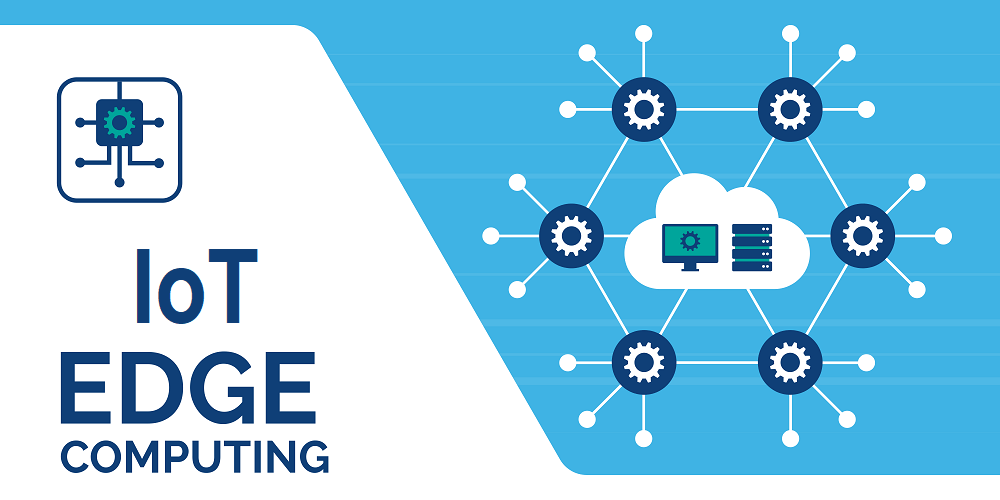
What is Edge Computing in Logistics?
Edge Computing is a distributed IT architecture that processes data closer to the source—right where it is generated—rather than relying solely on centralized cloud servers. In logistics, this means analyzing sensor and device data directly at the vehicle, warehouse, or distribution center.
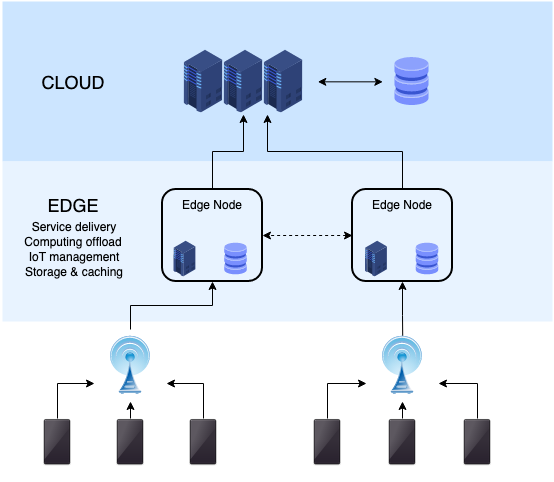
Key Benefits:
- Real-time Processing: Instant analysis of IoT data without latency.
- Reduced Bandwidth Costs: Less data is sent to central servers, saving transmission costs.
- Enhanced Reliability: Edge devices continue processing critical data even with limited connectivity.
- Faster Decision-Making: Enables immediate alerts for temperature breaches, delays, or route deviations.
IoT’s Role in Modern Logistics Tracking
IoT sensors have revolutionized logistics by enabling precise location tracking, condition monitoring, and automated status updates. Devices can measure temperature, humidity, vibration, shock, and other conditions to ensure cargo safety and quality.
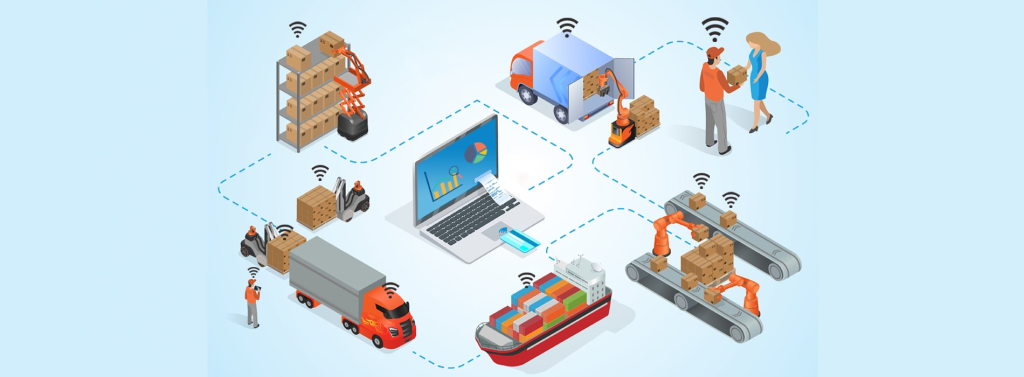
However, latency or connectivity issues can delay alerts when IoT devices rely only on cloud processing. Integrating Edge Computing overcomes this limitation.
Edge Computing + IoT: A Powerful Combination
By merging Edge Computing with IoT, logistics operations can achieve:
- Predictive Maintenance: Edge devices analyze vehicle sensor data in real-time to predict failures before they occur, reducing breakdowns and maintenance costs.
- Quality Assurance: In cold chain logistics, temperature deviations can trigger immediate local alarms, allowing drivers or staff to take instant action.
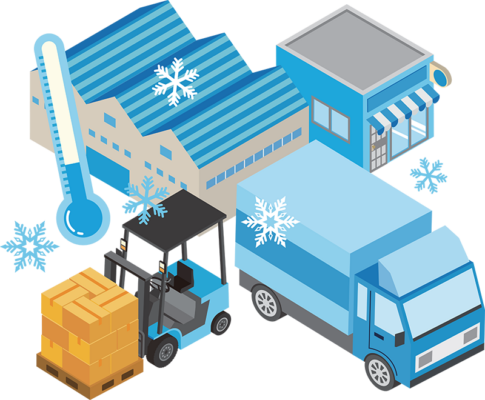
- Dynamic Route Optimization: Real-time traffic and weather data processed at the edge help adjust delivery routes without waiting for cloud instructions.

- Reduced Data Overload: Only processed, meaningful data is sent to the central server, reducing clutter and focusing on actionable insights.
Real-World Application: PostalParcel’s Smart Logistics Platform
PostalParcel is at the forefront of this transformation. As a modern logistics platform designed for cross-border inventory and order management, PostalParcel is exploring how Edge Computing combined with IoT can empower more innovative fulfillment services.
How PostalParcel Applies This Technology:
- End-to-End Visibility: By integrating IoT sensors with edge processing gateways in warehouses and distribution hubs, PostalParcel ensures real-time tracking of goods without relying solely on cloud connectivity.
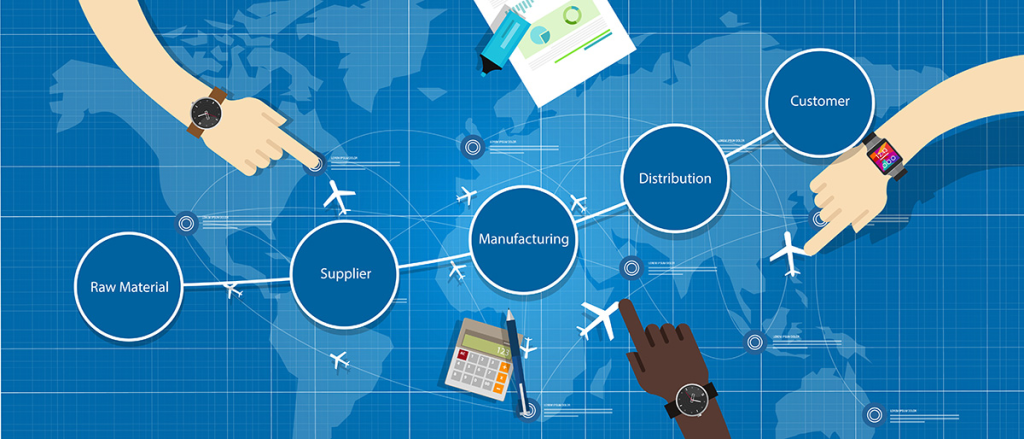
- Enhanced Security: Edge-enabled CCTV and access sensors provide instant alerts on unauthorized access, improving warehouse security management.
- Adaptive Cold Chain Monitoring: Local edge devices process data continuously for temperature-sensitive products, triggering alarms or adjusting cooling systems in real-time before issues escalate.
These innovations align with PostalParcel’s mission to build a flexible, data-driven fulfillment solution beyond traditional WMS (Warehouse Management System) limitations.
Challenges to Consider
Despite its benefits, Edge Computing in logistics tracking has some challenges:
- Initial Investment: Requires Edge-enabled gateways and compatible IoT infrastructure.
- Device Management Complexity: Managing firmware, security, and updates for distributed edge devices can be complex.

- Standardization: Integrating diverse IoT devices with different protocols into a unified Edge architecture requires careful planning.
The Road Ahead
E-commerce continues to expand globally, with customers expecting faster delivery, accurate tracking, and seamless service across borders. To meet these rising expectations, logistics companies must adopt scalable, intelligent tracking solutions that can handle high data volumes and complex supply chain networks efficiently. The combination of Edge Computing and IoT represents the next frontier in logistics technology, enabling real-time data processing at the source and reducing reliance on centralized systems. This empowers companies like PostalParcel to offer:
- Faster delivery times, by streamlining operations through instant decision-making and optimized route planning based on live data.
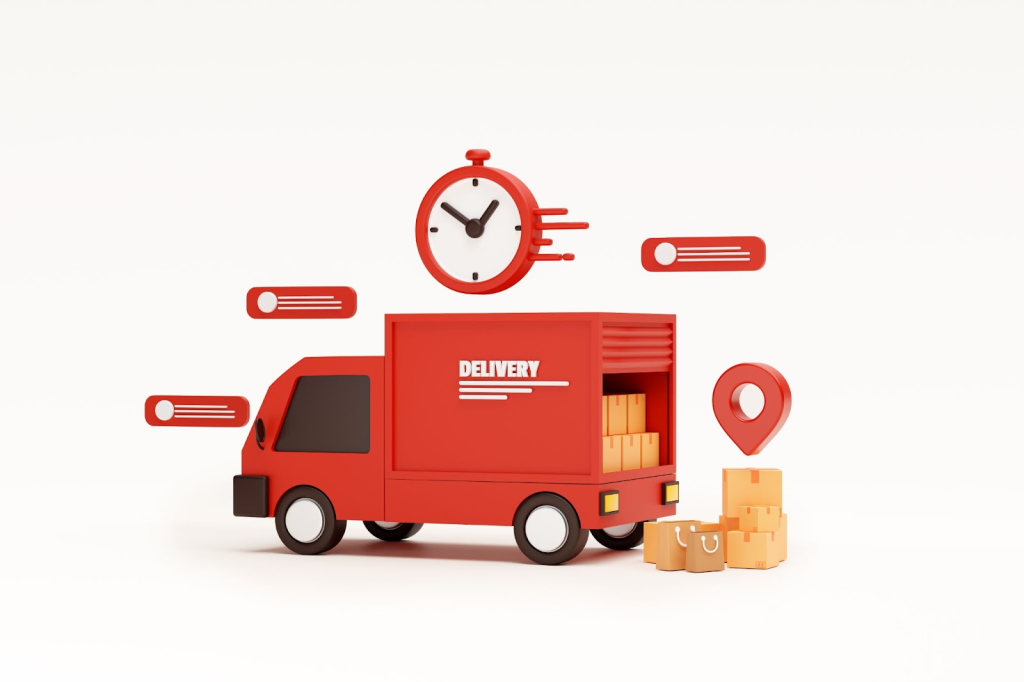
- Higher operational resilience, as edge devices can function independently during connectivity interruptions, ensuring continuity of monitoring and control.
- Improved product quality assurance, through continuous environmental monitoring and predictive maintenance that minimize risks to product integrity.
- Enhanced customer trust, by providing accurate, real-time updates on shipment status, conditions, and delivery ETAs, fostering transparency and confidence
Organizations integrating Edge Computing and IoT effectively into their logistics operations will gain a significant competitive edge in an increasingly demanding market, positioning themselves as reliable, efficient, and technologically advanced service providers capable of meeting the needs of modern global commerce.
Conclusion
Edge Computing and IoT are redefining logistics tracking by enabling real-time, local data processing and more intelligent decision-making. Platforms like PostalParcel are pioneering this future, transforming traditional supply chains into adaptive, resilient, and efficient fulfillment networks.
The future of logistics belongs to companies ready to embrace intelligent technology. Edge Computing and IoT are becoming essential pillars of modern logistics strategy.
Industry Insights
news via inbox
Nulla turp dis cursus. Integer liberos euismod pretium faucibua







